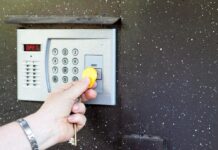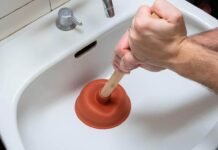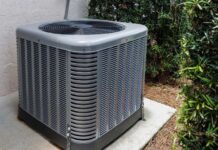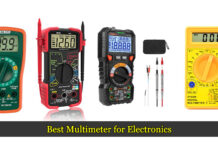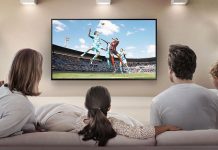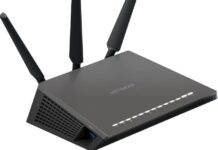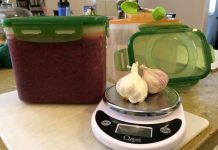It’s that time of the year again: the flowers are blooming, the grass is growing, and the birds are singing. The temperature outside is consistently excellent for leisurely walks. You go to the park to have a nice picnic, but you brace yourself for a sneeze. And another one comes, then another. Eventually, you give in to the realization that it’s allergy season time.
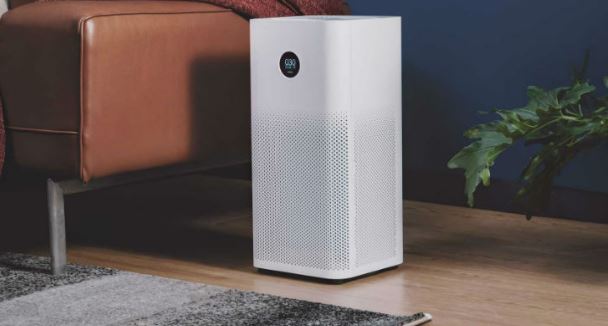
However, you don’t have to be outdoors to suffer from your allergies. Your home can also trigger your allergies, thanks to the collection of dirt, mold, and pollen that make their way inside your home. It may seem like there are no safe places for allergy sufferers like you, but that’s not true. You need to learn about how good air purifiers for mold & dust removal.
Air purifiers: your savior from allergies
You might be thinking, “I’m tired of sneezing and suffering from a constant runny nose, so I’m going to go buy an air purifier right now!” While that’s a good action plan to have, you need to make sure you do your research first. Not all air purifiers are created and priced equally, so you need to weigh your options.
Making the right decision usually requires research, and that means learning how air purifiers work in the first place. Do a cursory search of air purifiers, and you’ll see words like “HEPA filters,” “carbon filters,” “ionizing,” and “UV-C,” among many others. They may sound like manufacturer mumbo-jumbo designed to get you to buy their product, but they’re not. Those are the main components of an air purifier, the ones that purify the air for you. And it will serve you well to know what they do.
See also: How Does An Air Purifier Work?
Filters, filters, and more filters
Filters are the foundation of a good air purifier. After all, an air purifier’s job is to take the air you currently have around you and clean it. The most efficient way of doing that is by sucking in air through a filter and blowing it back out.
Air purifiers mainly use high-efficiency particulate air, or HEPA, filters. You may have already seen these four letters on other products such as vacuum cleaners and humidifiers. Regardless of which product uses them, HEPA filters do the same job: trap unwanted particles such as dirt and pollen inside a mesh and never let them out.
Some models also come with carbon filters. Carbon filters, also known as activated charcoal, work by trapping very small irritants in a charcoal granule. When used in tandem with a HEPA filter, carbon filters catch particles that are too small for HEPA filters to trap — the result: a clean, odor-free air for you to enjoy.
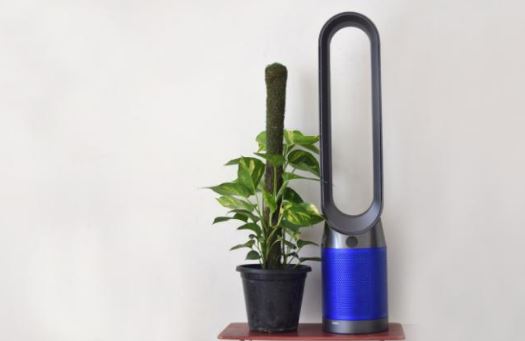
What’s the deal with ionizers?
Some air purifiers either come with optional ionizers which work in tandem with HEPA filters or are strictly ionizers. Regardless of the setup, ionizers are another kind of air purifier, albeit unpopular.
Ionizers work by discharging molecules into the air to trap irritants, unlike HEPA filters which rely on fans. Most units push ozone to the air to eliminate odors and other pollutants. While this may seem like the ideal scenario, the Environmental Protection Agency advises against using ionizers that produce ozone. According to several studies compiled by the EPA, ozone does more harm to you than good because it can damage your lungs.
Thankfully, there are ionizer units that don’t dispel ozone into the air. When shopping for an ionizing air purifier, make sure it’s not designed to produce ozone. Always check the packaging and when in doubt, call the manufacturer.
See also: How To Reduce Secondhand Smoke With Air Purifiers For Smoke
Which one is better: HEPA filters or ionizers?
When shopping for air purifiers for mold removal, you want the product that has the best filtering method for you. It can be challenging to pick one, so here are some things to consider.
Air purifiers that use HEPA filters require regular filter changes. The recommended interval varies between units and your usage volume, but the average is around three months. If your unit uses disposable filters, replacement costs can quickly add up. Try to purchase a purifier that has a reusable, washable filter so you can save on costs.
On the other hand, because ionizers don’t have to take air in to remove irritants, there are no filters to replace. Some ionizers have metal plates that attract the ions back along with dirt particles, so all you have to do is wipe the plate regularly. But if your unit does not have a plate, then the ions will stick to the surfaces around your house. In other words, you’ll have to clean your home a lot more because your irritants are stuck on them. That’s not an ideal situation.
If you want to make sure that dust, pollen, dander, mold, and other air impurities are truly gone instead of just displaced, opt for an air purifier with a reusable HEPA filter.
Do I need UV-C in my purifier?
If you want to eliminate common allergens like dust, mold, and pollen in your indoor air, you don’t need the UV-C sanitizer. UV-C sanitizers work by utilizing a specific frequency of ultraviolet rays to disable a microorganism’s ability to reproduce. The radiation destroys a part of the microorganism’s DNA, so even though they can still exist, they cannot multiply. This function is great if you also want to avoid the spread of airborne germs, viruses, and bacteria in your home.
If your preferred unit does not have a UV-C sanitizer, don’t fret. The technology is just now gaining popularity in home products, so not having it won’t automatically make your air worse. You’ll be better off boosting your immune system to fight sicknesses than relying on UV radiation.
Final thoughts
By this point, you should have a general idea of what to look for in an air purifier. As long as your purchase can filter both irritants and undesirable odors, you can transform your favorite area in a place of respite. As long as you keep up with your purifier’s regular maintenance, you can ensure that the air you breathe at home is fresh and safe.


